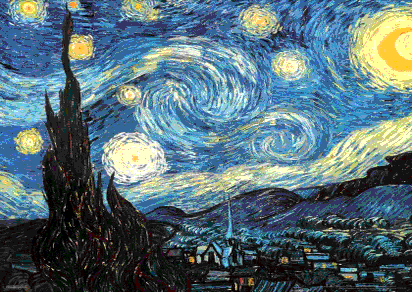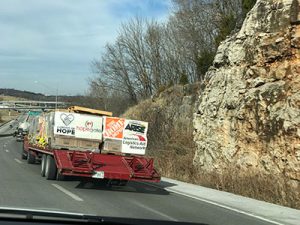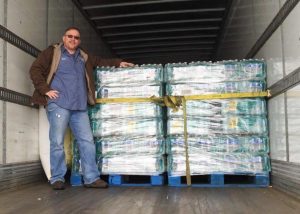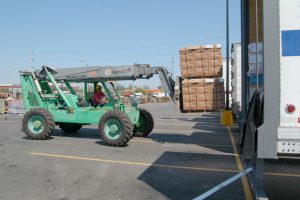Last spring I had a chance to attend an immersive art exhibit.
I was excited to see what it would be like, especially since it featured one of my favorite artists, Vincent Van Gogh.
But unfortunately the whole experience left me feeling disturbed rather than inspired.
The exhibit’s final moments are all about Vincent’s descent into depression and suicide, making it easy for visitors to walk out believing that these tragic events had the last word. But having studied Vincent for many years, I know that’s not the case.
What the immersive part of the exhibit didn’t reveal was that Vincent had a younger brother who loved him dearly – and that this brother (and his brother’s wife) saved all of Vincent’s paintings and continued to champion them after Vincent died.
Thanks to them, Vincent’s paintings are celebrated throughout the world, and he’s one of the most beloved artists in history.
Those are the final hopeful realities I wish the exhibit had ended with, because they’re also a huge part of his story.
So what does this have to do with ALAN and disaster relief? Plenty.
Disasters by their very nature are intense and immersive. And of course, they’re overwhelmingly sad.
But that doesn’t mean that their damage, destruction and debris get to have the final say.
Each time a disaster like Hurricane Ian occurs numerous first responders and non-profits show up to provide food, water, shelter and comfort, and many others follow after them to help with clean-up efforts. And once clean-up efforts are complete, countless other non-profits and volunteers are on the scene to provide equally selfless and heroic help with rebuilding efforts.
People don’t always get to see these kinder, more hopeful aspects of disaster stories, because by the time they’re unfolding, news crews have usually moved on. But they’re definitely happening (as ALAN can attest, because we’ve been helping with many of them). Just as important, they’re making a life-changing difference.
Keep that in mind each time you hear about another fire, flood, earthquake or hurricane. Better yet, consider what you can do to support these light-in-the-darkness recovery efforts. (And if you can’t think of any off the top of your head, go to the “How To Help” section of our Disaster Micro-Site and sign up to help us with one or more of our open cases.)
You’ll be glad you did – and so will the many disaster survivors you help.
Lori Lockman
Communications Director
American Logistics Aid Network





